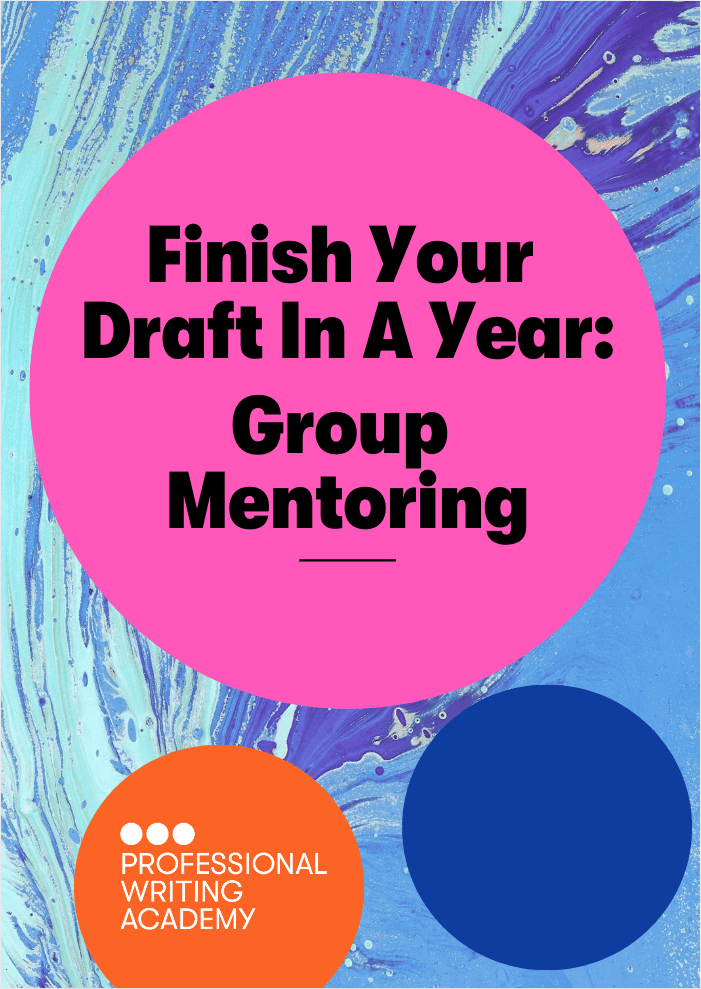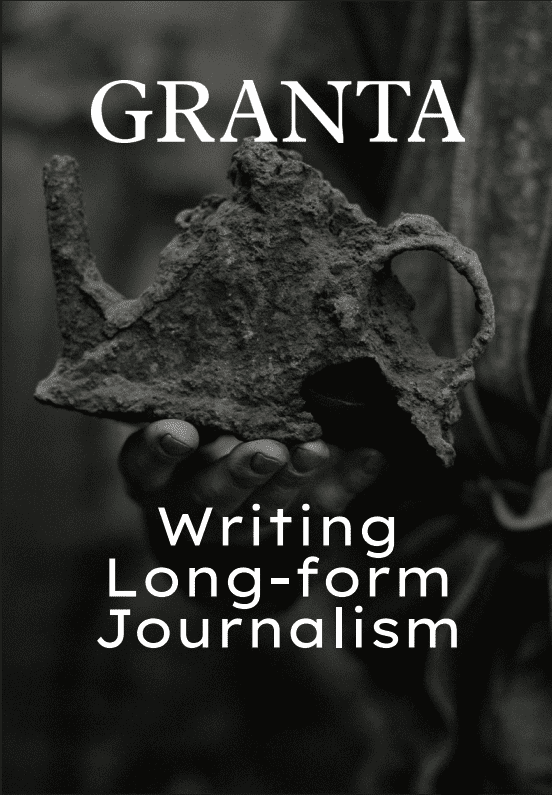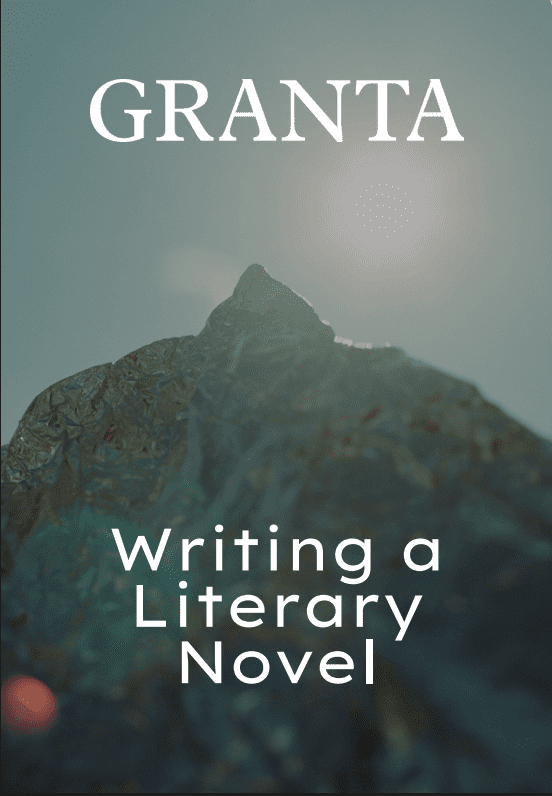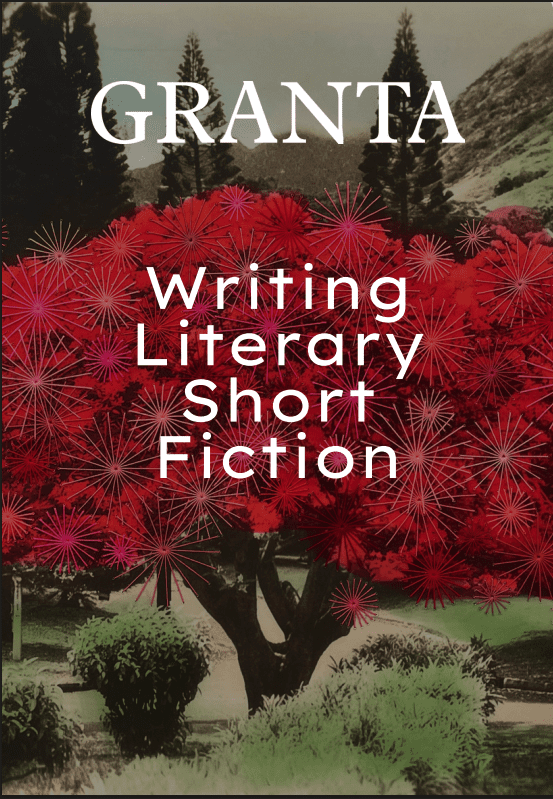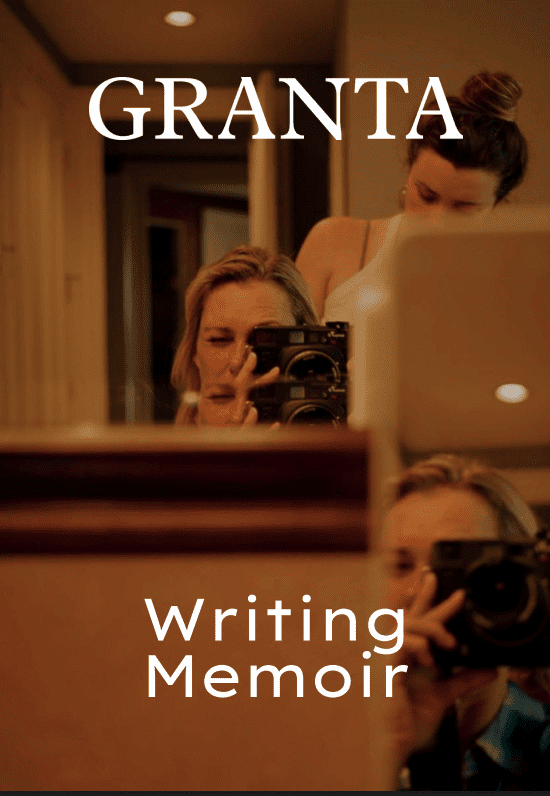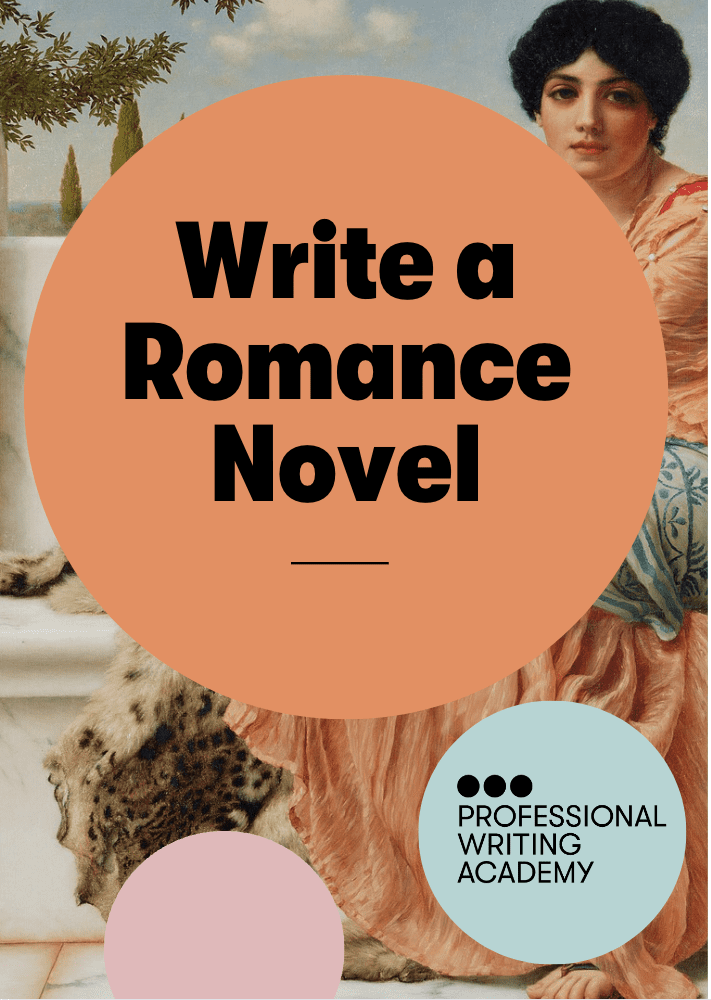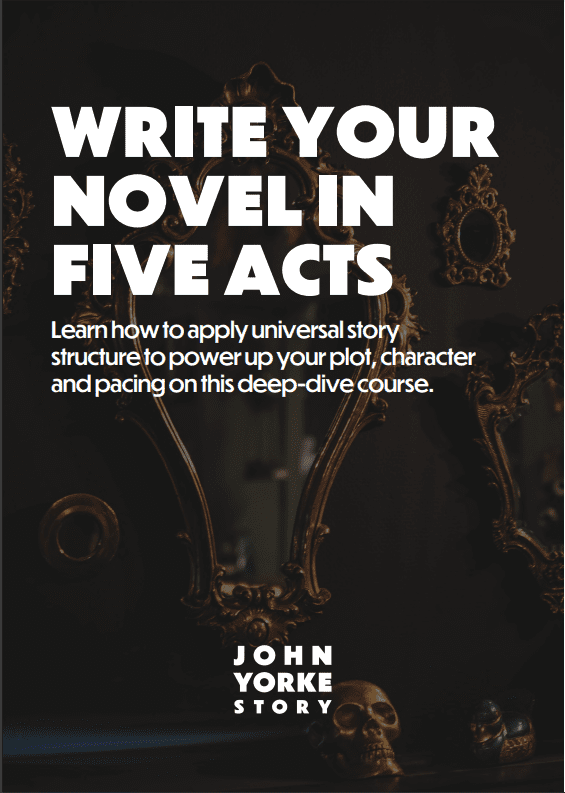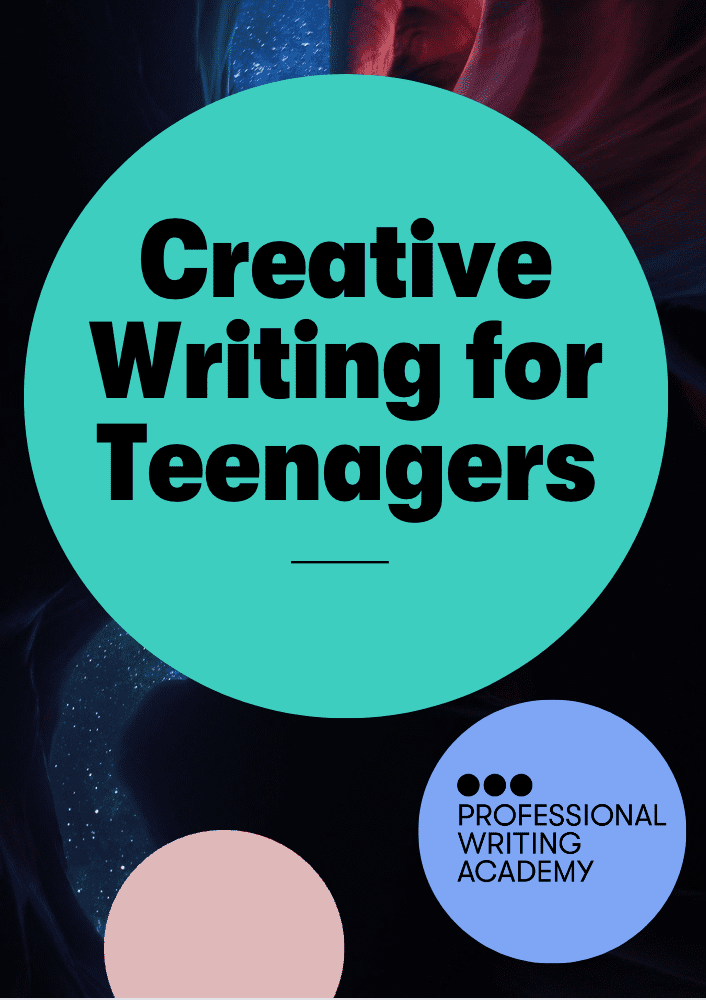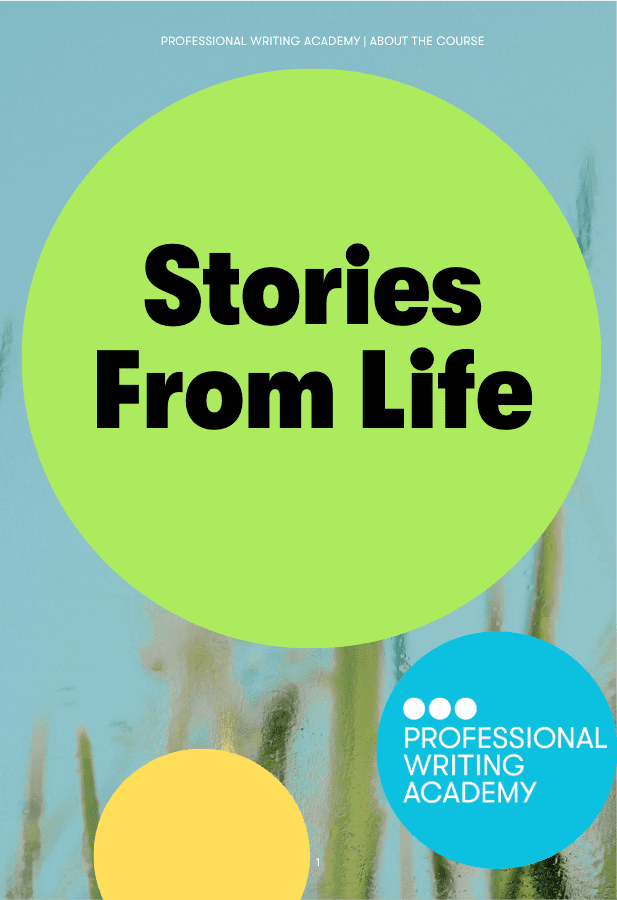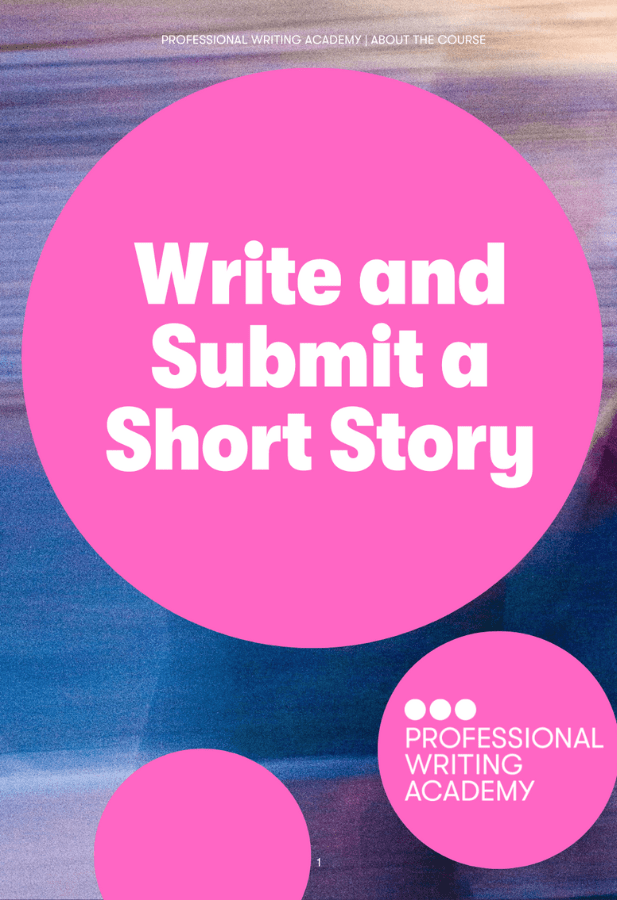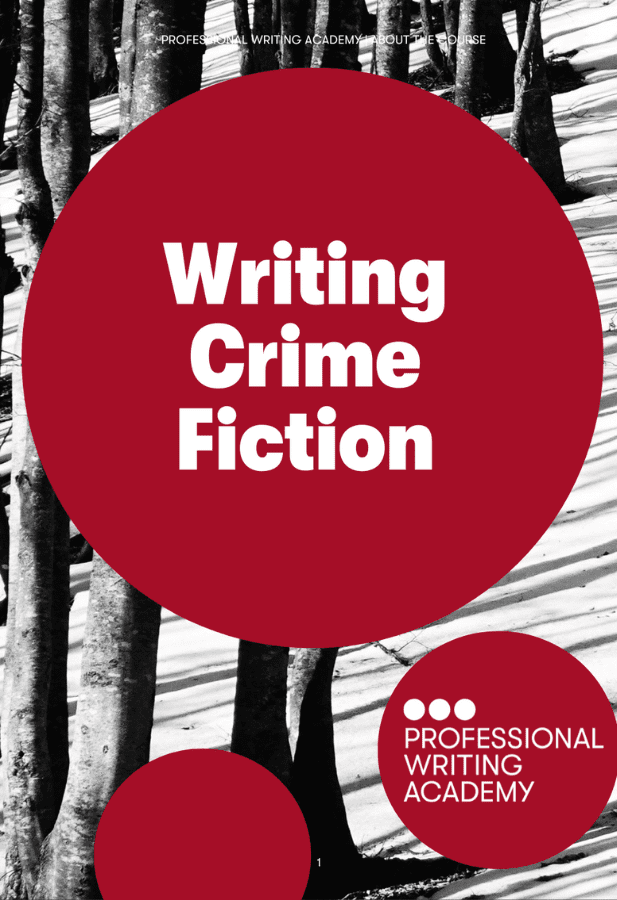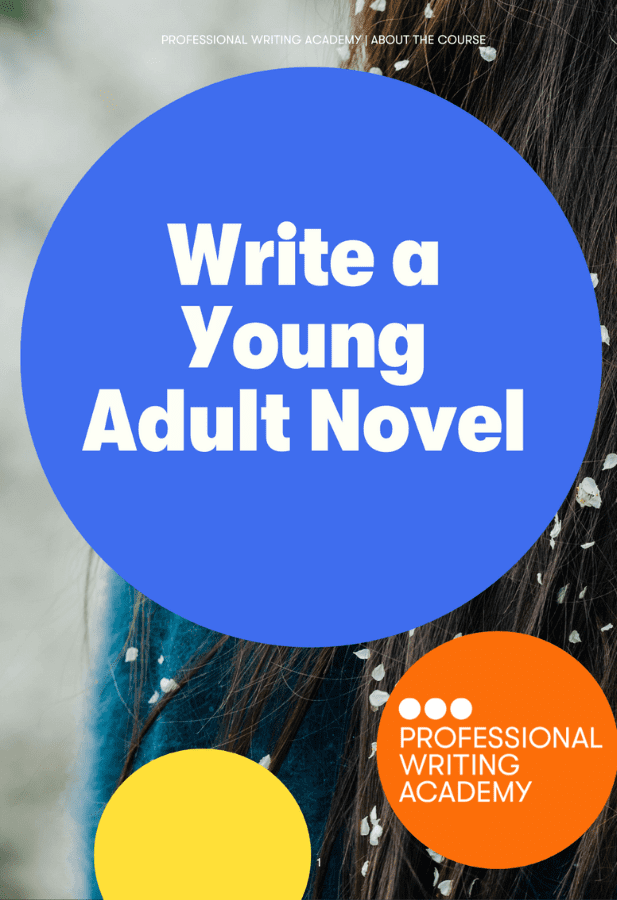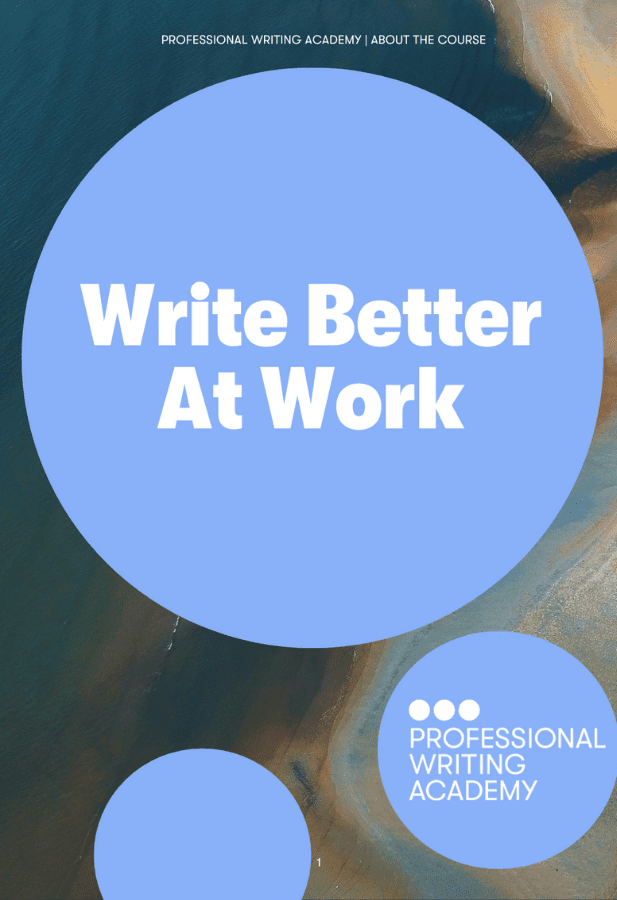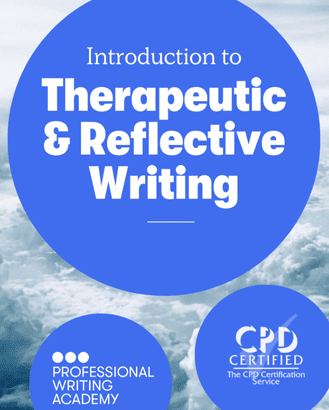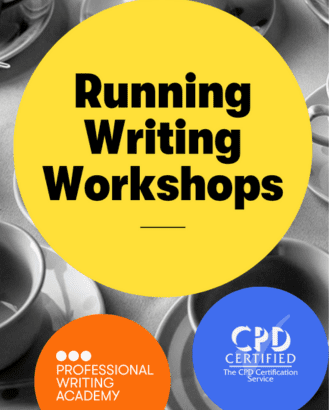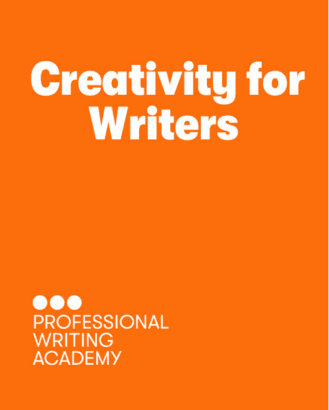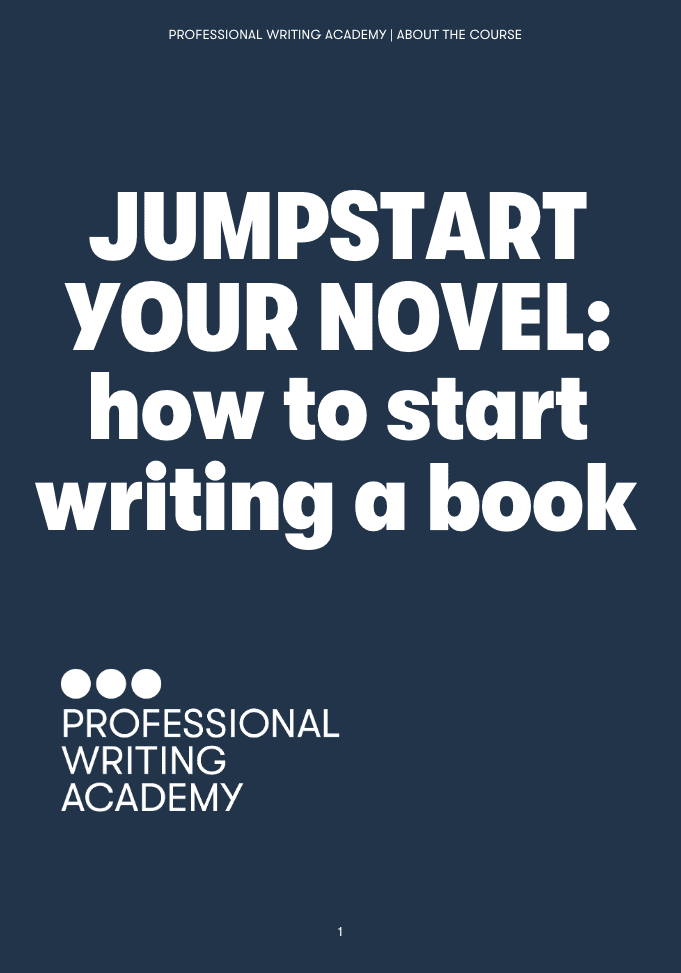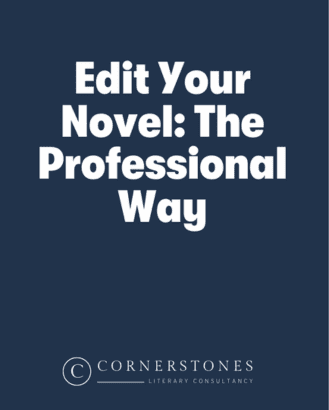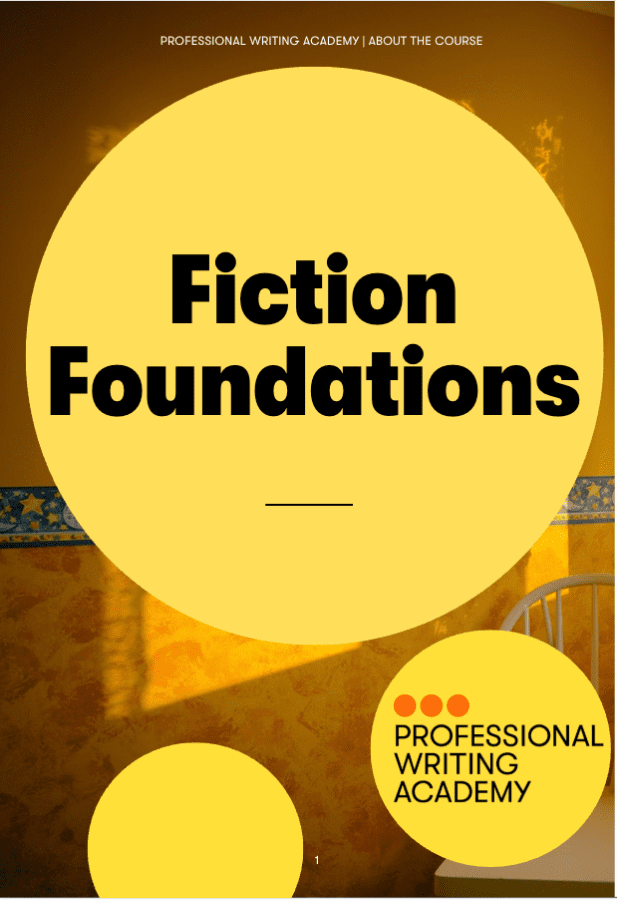One of the things I found particularly hard as an unpublished author was finding the time and motivation to write, and write consistently. With this in mind, whenever I finish one of my courses, I always advise the writers to consider taking part in NaNoWriMo if they haven’t already, especially if they want to become a published author.
Why? Because it’s a brilliant way to focus on your writing – to discover how much discipline and hard work it involves – but also how good it feels to achieve your goals.
It is also a terrific way to train yourself to meet deadlines, which is a big part of making a career out of your writing.
NaNoWriMo, for the uninitiated, stands for National Novel Writing Month – like PWA courses it takes place online (mostly, there are opportunities too to meet up with other writers in your area) – as people all over the world attempt to write a 50k novel in a month during November.
How do I know it’s such a good tool? Because I’ve done it myself, several times, after I got published, and it was basically how I learned to improve my process as a writer and to increase my productivity.
But I’m not going to lie, even for me – who has the opportunity to write full time and is not trying to fit their writing into snatched hours around a proper job – I found NaNoWriMo a challenge, and also extremely daunting.
In fact, I had to do it several times before I actually managed to write 50k words in a month. That said, those 50k words isn’t really the goal, it’s really just a tool to learn how to write consistently, and find out much more about how you can make your process work for you …
With that in mind, here are my top ten tips to help you get the most out of NaNoWriMo this November.
I don’t as a rule plot – but you do need some semblance of an idea before you start.
– Heidi Rice
1. Incentivise yourself
Why do you want to be a writer? What do you want to achieve? Have you struggled to finish a full story before now? What would it feel like to get a whole story arc written?
For myself, my goal was to streamline my writing process, to learn to focus on meeting my deadlines, to get better at knowing when to push through or stop and re-edit when a book just wasn’t working, and ultimately to be more productive.
So I had a lot of incentive – money-wise – to commit to NaNo!
2. Brainstorm/plot before you start
Just to be clear, I am a pantser, ie: I don’t tend to plot my books out before I start writing.
But when it comes to NaNo, it’s good to have some semblance of an idea before you start… So you’re not staring at a blank computer screen on that first day.
I’m not good at being creative under pressure (hence the deadline shenanigans!). Obviously if you are, then ignore this tip.
My synopsis was nothing like the finished book, but it committed me to the process and, perhaps even better, I had a clear idea for an opening scene!
– Heidi Rice
The year I aced NaNo, I just happened to be on a ten-day road trip through Texas with my best mate at the beginning of October – and we ended up brainstorming a plot for my next book during a five hour drive through the desert on I-90 from Marfa to Fort Clark Springs…
Now, my best mate is not a writer, or a romance reader but as we chatted about my characters, their backstories, what their motivations were, we refined the very basic idea I had and uncovered the key themes, the plot points, some basic character arcs so that when I got back to the UK, I was able to slap up a synopsis on my NaNoWriMo page in late October.
BTW that synopsis is nothing like the finished book, but adding a synopsis to your profile commits you to the process and, perhaps even better, it gives you a clear idea of where to start!
Although I’d encountered a problem, it was early days and I’d got ahead, so why not take advantage of that and use the extra leeway to figure out what was wrong?
– Heidi Rice
3. Have a clue for your first scene
That first scene is pretty important when you kick off on November 1st, because with only 30 days to write your story you have to hit the ground running.
If you spend hours trying to figure out what you’re going to write for that first scene, you will already be waging an uphill battle by Day 2, which is going to make it that much harder to motivate yourself.
That said, your first scene doesn’t HAVE to be the opening scene for your novel – if could be any scene you already have a clear idea for.
4. Go off-piste if you have to
Although I hit the ground running with my first scene and managed to add yet more words to it by Day 2 and was feeling pretty impressed with myself, everything went pear-shaped on Day 3.. Yeah… Day 3! Because I knew something was not working. Already.
This has always been a problem with my process, charging ahead when I shouldn’t, or stopping and reediting endlessly…
The problem is the answer isn’t always the same.
Sometimes you do need to stop and think, other times it’s better to write through it…
But here’s the great thing about NaNo, it gives you the scope to stop and edit especially in the early stages. But you can’t over-indulge yourself.
You’re aiming to write 1667 words per day, so if you write extra words some days, obviously you have more leeway on others – and your NaNo novel stats will tell you exactly how much leeway you’ve got.
So, I decided to take advantage of that extra leeway to figure out what was wrong, because I knew from previous NaNo journeys that launching into a book that wasn’t really working right from the start was a recipe for disaster.
I didn’t get back up ahead of the curve again until Day 9 but taking that break on Day 3 to correct myself meant I was able to keep up the forward momentum…
Sometimes you have the luxury of going back and rewriting, but other times you might need a bit more time to percolate a particular scene in your head.
– Heidi Rice
5. If a scene’s not working — write another
Sometimes you have the luxury of going back and rewriting, other times you might need a bit more time to percolate a particular scene in your head, or maybe you’re just bored with the chronological order of the story and you’ve got this really vivid idea for a scene that comes much later in the timeline.
This happened to me a couple of times during my NaNo journey. Ordinarily I wouldn’t jump ahead, because I tend to panic that I’ll never want to go back and finish the connecting scene, or the scene I want to write might never end up in the book. But with NaNo you can totally use your dogged pursuit of all things word count to free up your process. And for me that turned out to be liberating.
When I actually ended up incorporating my jump-ahead scenes into the story, I had to change them quite a bit, because stuff that had gone before had changed too which is why I wouldn’t recommend doing this too much. But I discovered how great it was to have those jump-ahead scenes to give me a crucial road map to follow as I filled in the blanks.
NaNoWriMo isn’t about finesse or fine, finished, perfectly polished prose. It’s about spewing out that rough draft in a month.
– Heidi Rice
6. Don’t sweat the small stuff
I found that while I was keen to change things up occasionally (Tip 5), and I did stop and re-edit a couple of scenes that weren’t working so as not to stall my forward momentum (Tip 4)…
It was also invaluable not to freak out too much about the actual quality of my writing. You know, that moment while free-writing a scene when you realise her blush has just gone radioactive AGAIN!!
Don’t worry about repetition, boring descriptions, clunky prose, etc, you can fix the quality of your writing in the edits. NaNo isn’t about finesse or fine, finished, perfectly polished prose, it’s about spewing out that rough draft in a month. And rough in my case meant rough (or even radioactive!)
7. Manage your procrastination
Now, as everyone knows, life will sometimes get in the way. In which case you give yourself a pass…
I’m not someone who can write when my kids are sick, I’m sick, my boiler just blew up, or during the myriad other things that might go unexpectedly wrong.
That said, I am also someone who loves to procrastinate. Procrastination is not life getting in the way, it’s you getting in the way of your writing. Now, that said, I also am not someone who can do NO procrastinating at all for a whole month. I would have to cut off my fingers and blow up my internet connection to achieve that.
With that in mind, I limited my social life during November (ie: no all-night clubbing!) and I also made a concerted effort to limit my social media addictions. Funnily enough, by the middle of the month, I was so into my story I was actually keen to write it, so piddling about on Facebook finding out what my spirit animal was or who I’d been in a former life (Cleopatra btw, if anyone is interested) didn’t appeal as much as it usually would, but that won’t always be the case.
So be ruthless with yourself and shut off the internet while writing. There are handy apps to do that, but personally I find using the focus feature in the bottom right hand corner of the Word document works for me.
NaNoWriMo pushes you to write every day, and I’ve discovered that the more regularly you write, the more you get into your story and your characters.
– Heidi Rice
8. Write every day — no excuses
No excuses – except for the life getting in the way one, obviously.
For me having to write every day became an issue several times during my NaNo month for a number of reasons.
For starters, even though I write for a living I don’t usually write on weekends (unless I’m on a screaming deadline) and I don’t always write every single day, because I might have other stuff to do instead which I can convince myself is actually writing (even though it actually isn’t) such as publicity for a previous book, updating my website, writing a blog, tutoring my online course in Writing Romance for the Professional Writing Academy.
But despite all of that, during November, I forced myself to write something EVERY SINGLE DAY…
This is another great asset of NaNo, it does push you to do this, and the more regularly you write, the more you get into your story and your characters, and because of that ideas start percolating, things start being revealed that only familiarity with your story and your characters can give you.
Find what works for you – maybe chatting in the community forum, or doing one of your local write-ins at a coffee shop – but whatever it is, use it.
– Heidi Rice
9. Keep updating & other tricks
Updating my word count obsessively definitely worked for me, incentive-wise. It was one of the things that got me sitting my butt in the chair each day, unplugging my internet and forcing myself to put words on screen, because I wanted to see where I was on the curve, wanted to get that little badge saying I’d updated my count five days in a row, or reached a particular milestone, etc.
On days when I found it hard to write, I updated my word count every time I took a screen break, just to convince myself I had made some progress.
The NaNo site offers lots of other incentives to writing. Find what works for you – maybe doing writing sprints in the community forum, or joining a write-in at a local coffee shop – but whatever it is, use it. And keep updating that word count.
The other thing I did health-wise was that I decided to stop drinking alcohol at home for the duration of November.
– Heidi Rice
10. Keep fit (and don’t get pissed too much)
This is a special tip for anyone who does a sedentary jobs and is no longer under 25!
I’m not entirely sure how much this helped with my creativity and productivity – because sometimes those things can be down to other factors too, like your characters actually talking to you and your plot making sense! – but for me I did two things this in that November which I think really helped.
Firstly, I started running regularly. Don’t get me wrong, I am not a runner, I have never been a runner but I downloaded the brilliant NHS Couch to 5k app. If you’re in the UK you can download this for free but there are loads of other similar apps, YouTube channels etc to help you walk more, take up Yoga, etc, or whatever it takes to stay active.
Another good tip is to limit your alcohol intake – I stopped drinking at home for the duration of November. This gave me six alcohol free nights a week instead of my usual three – so I was sleeping better, and feeling better in the morning…
Obviously everyone is different and how you chose to keep active, and look after yourself is up to you. But it’s good to remember that writing for long periods of time is actually hard physically as well as mentally, precisely because there’s no physical activity involved.
So there you have it, my top tips for ensuring that even if you don’t manage to complete a 50k novel in a month – most people don’t btw! – you can still get a lot out of your NaNo journey.
Thinking about writing your own romance novel? Heidi runs our Write a Romance Novel course. The intensive 14-week online training gives you insider insight into the publishing and submissions process for romance, and helps you prepare a submission pack.




